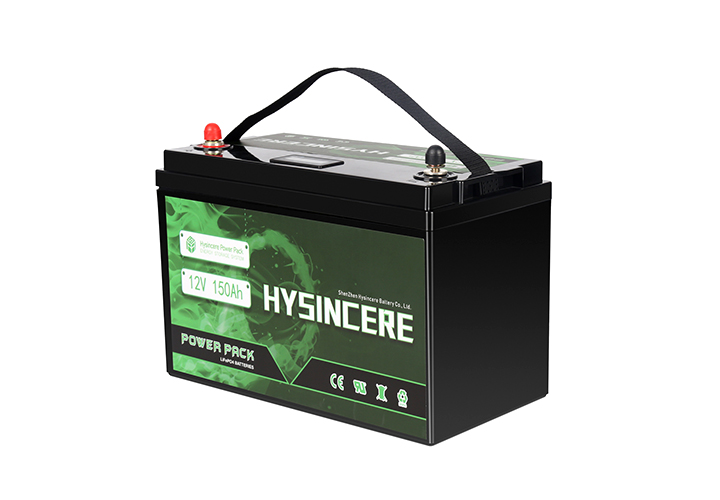source:other news
release time:2023-02-15
Hits:0
Popular:

1. Multiple rate: The abbreviation of discharge with a geometric multiple current with nominal capacity.
2. Actual capacity: The capacity that can be released with a discharge below 1c.
3. High -power capacity: The capacity that can be released with more than 1C.
4. Nominal voltage: 3.7V.
5. Termination voltage: 4.2V, 3.0V.
6. Middle value voltage: The battery voltage with a discharge to 50%capacity is close to the average voltage, which is related to explosive power and multiplier discharge.
7. Normal charging: 0.5C, 1C constant current constant voltage charging to 4.2V, full 160 minutes with 0.5C, and charging with 1C for about 80 minutes.
8. Quick charging: 2C-5C constant current constant voltage charging to 4.2V, about 20 minutes, 30 minutes. Fast charging will affect the battery life, and the charging performance is not as high as normal charging, and there will be a certain loss.
9. Conventional discharge: discharge below 1c.
10. Continuous multiplier discharge: The maximum rate discharge current from the continuous discharge to the termination voltage.
11. Instalist multiple: The battery can allow the maximum discharge current (within 3 seconds).
12. Battery storage: It is better for the long -term storage of batteries to storage at about 60%. LIPO usually does self -discharge every 2 months, keeping the voltage of about 3.9V.
13. Battery life: The cycle of the battery is generally about 300-500 times, and the cycle of the high-power battery is about 60-80 times.
14, discharge temperature: a standard for measuring stability. Generally at 60 degrees to 70 degrees, the external temperature also affects the discharge efficiency, and the lower the temperature, the lower the discharge efficiency. When the battery is 35 °, the discharge is the highest, and the discharge when 25 ° is the most stable. It is a high temperature environment above 45 ° and a low temperature environment below 0 °. It is extremely unfavorable to batteries.
Read recommendations:
lithium batteries for solar panels wholesaler
Lithium Ion Battery 18650 Pack 10.8V 3500mAh
What are some tips to make the failure rate of electric cars smaller? Live longer?

Last article:The development potential of lithium iron phosphate batteries
Next article:Polymer lithium battery process research progress
related suggestion
lifepo4 battery 12v 200ah
2023-04-07marine battery for trolling motor price
2023-03-20solar battery storage system manufacturer
2023-03-20dual purpose marine battery wholesaler
2023-03-20solar power storage Factory
2023-03-20solar power battery storage Vendor
2023-03-20deep cycle solar battery
2023-05-08solar powered electric generator
2023-05-08lithium golf cart batteries price
2023-05-0824 volt deep cycle battery
2023-05-08lifepo4 power station
2023-05-0836 volt golf cart batteries
2023-05-0812V Rechargeable Lithium Ion 18650 Battery Pack 2000mAh
2023-02-1412V 200Ah LiFePo4 Battery Pack Prismatic Cell 4000 Cycles Lithium Ion IP65 200A Discharge for Trolling Motor Golf Cart
2025-02-28Cleaning Car Electric Vehicle 12.8V 150Ah 200Ah 12V LiFePo4 Battery Pack
2023-02-09Lithium Ion Battery 18650 Pack 11.1V 2000mAh
2025-05-10Golf Cart 51.2V 150Ah LiFePo4 Battery Pack
2022-09-29Choosing the Right Panasonic 18650 Battery: NCR18650GA vs NCR18650B for Industrial Applications
2025-05-26Choosing the Best 21700 Battery for Flashlights: A Professional Buyer's Guide
2025-05-21Which is better for ternary lithium batteries and lithium iron phosphate batteries, and which cycle is long?
2023-04-12Elevate Your Power Solutions: The Efficiency and Performance of 72 Volt Lithium Batteries
2025-03-17Navigating the Evolving Energy Storage Market: Insights, Models, and Talent Acquisition
2025-03-13The temperature limit of the low -temperature lithium polymer battery
2023-03-07Composition of lithium-ion battery materials.best solar generator for home
2023-08-03Square battery and soft bag lithium battery.powerstation lifepo4
2023-03-15How to maintain power lithium batteries in winter.solar powered electric generator
2023-06-14Battery advantage.solar powered electric generator.best battery for home inverter
2023-05-09